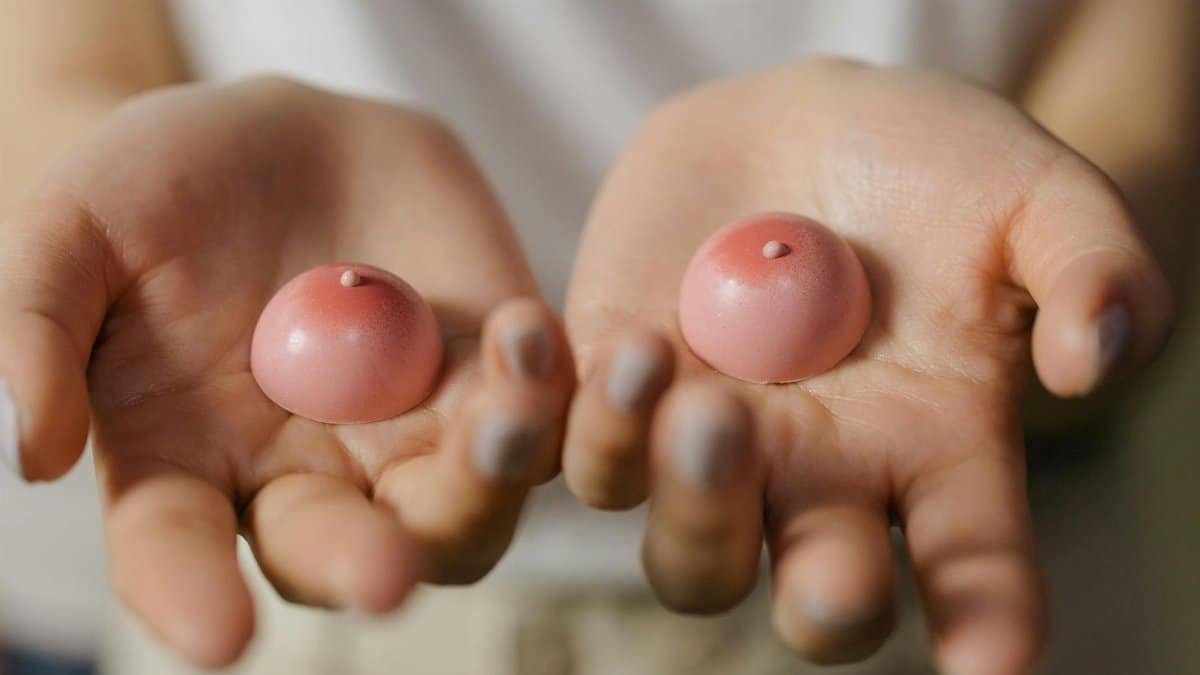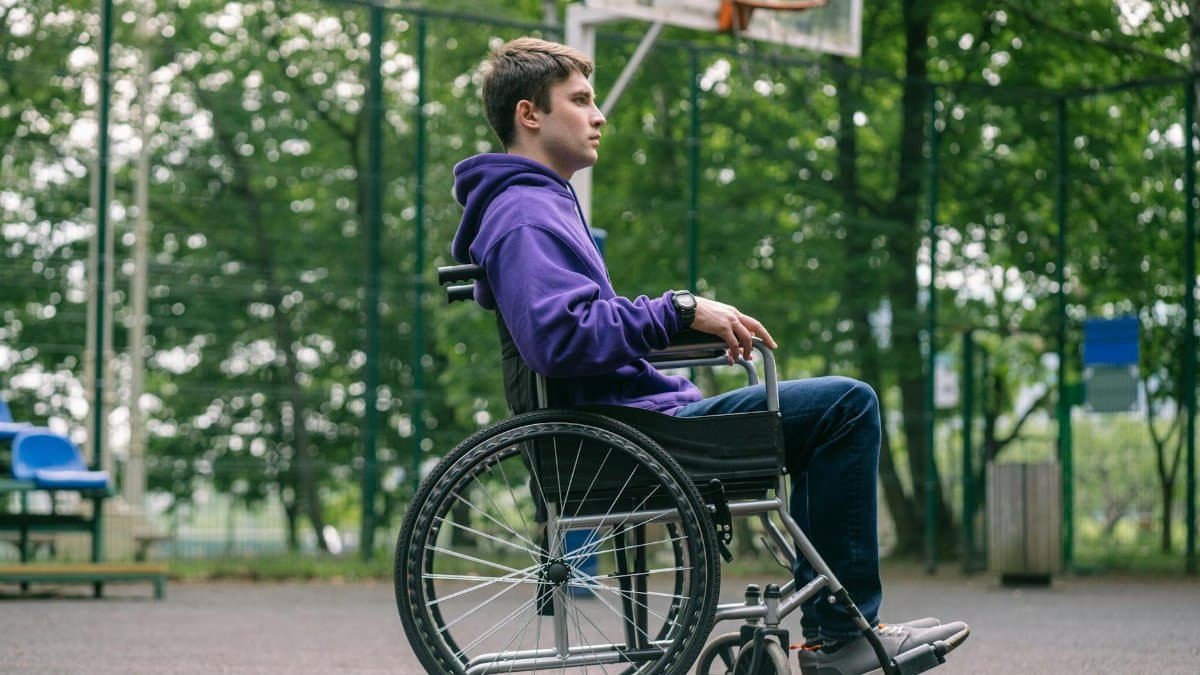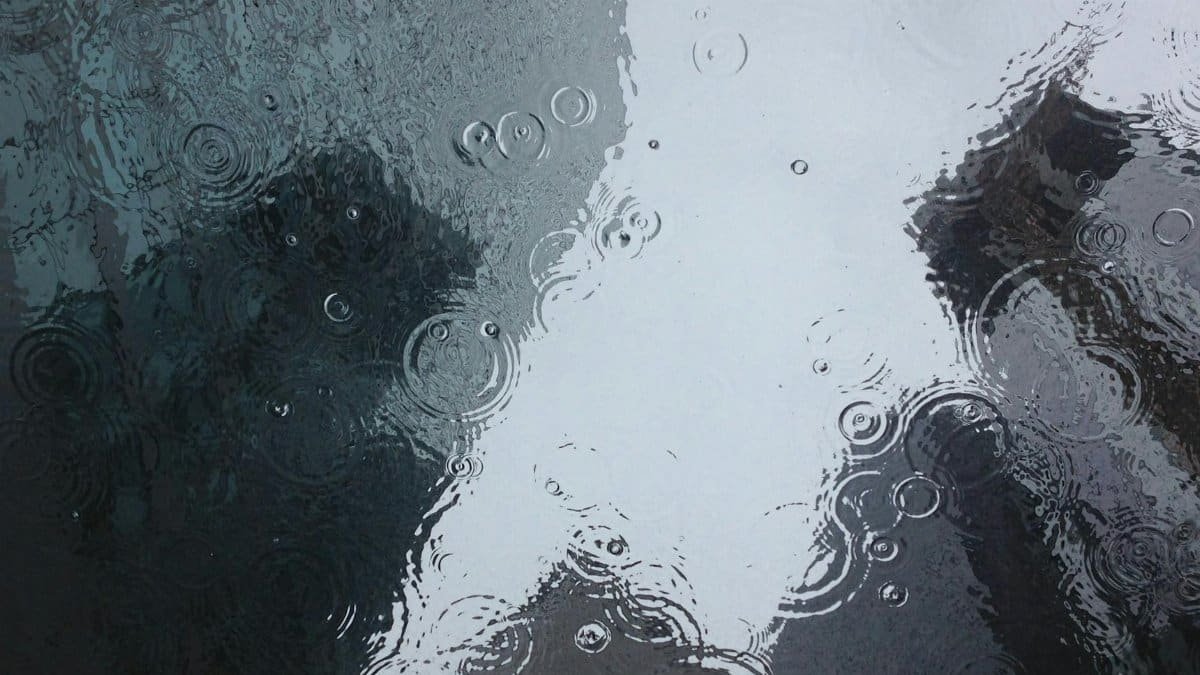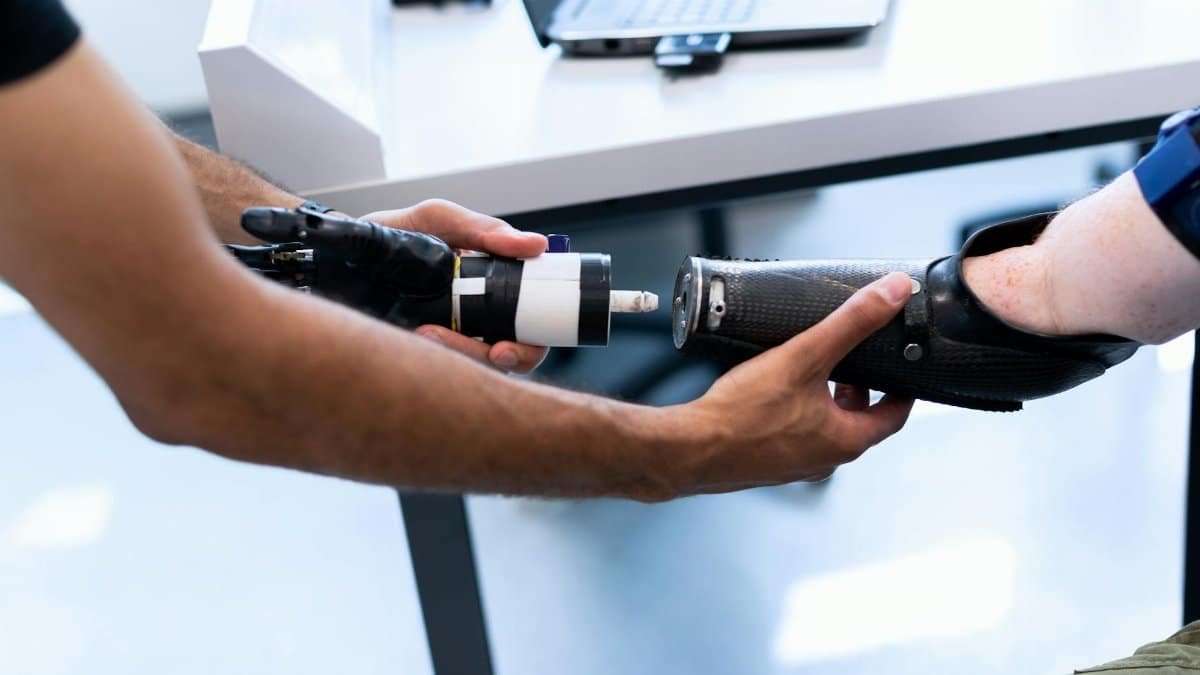In a world buzzing with distractions, presence healing emerges as a quiet revolution in personal recovery. Simply put, presence healing is the practice of being fully attentive in the moment to foster emotional mending, without external validation or applause. It matters because true healing often unfolds in solitude, away from social media spotlights or supportive cheers. As more Americans grapple with mental health challenges post-pandemic, this approach offers a grounded path to self-restoration, emphasizing internal awareness over performative progress.
The Roots of Presence Healing

Presence healing draws from ancient mindfulness traditions, blending them with modern psychology. Think Buddhist meditation meets cognitive behavioral therapy. Experts trace its core to the idea that genuine recovery starts when individuals tune into their inner experiences without judgment. In the U.S., therapists have increasingly incorporated it into sessions, especially for those recovering from trauma or addiction. A 2023 study from the American Psychological Association highlighted how such practices reduce stress hormones, paving the way for deeper healing. It’s not about quick fixes but building resilience through sustained attention.
Why Solitude Matters in Recovery

Real recovery thrives in privacy. When no one watches, people drop the masks they wear for others. Presence healing encourages this by promoting solo reflection, free from outside opinions. Therapists note that clients often make breakthroughs alone, processing emotions that surface without an audience. This isn’t isolation; it’s intentional space. Data from the National Institute of Mental Health shows that self-directed mindfulness practices correlate with lower relapse rates in recovery programs. By focusing inward, individuals confront truths that group settings might gloss over.
Practical Steps to Start Presence Healing

Getting into presence healing doesn’t require fancy tools. Begin with five minutes of focused breathing each day. Sit quietly, notice your thoughts without chasing them away. Journal what arises, but keep it private. Experts recommend apps like Headspace for guided starts, but the key is consistency. In relationships, apply it by listening actively without interrupting. A report from the American Psychological Association’s Mindfulness Resources details how these habits build emotional intelligence, essential for lasting recovery.
Challenges and How to Overcome Them

Not everyone finds presence healing easy. Distractions abound, from smartphones to daily stressors. Common hurdles include wandering minds or discomfort with silence. To counter this, set boundaries like device-free zones. Therapists suggest pairing it with physical activity, such as walking meditations. Research from Harvard Medical School indicates that persistence pays off, with participants reporting improved focus after two weeks. The trick is patience; recovery isn’t linear, and presence healing honors that ebb and flow.
Impact on Relationships

Presence healing transforms how people connect. In healing relationships, it fosters authentic bonds by encouraging partners to be truly there for each other. No more half-listening while scrolling. Couples who practice it report stronger empathy and fewer conflicts. A 2024 survey by the Gottman Institute found that mindful presence correlates with higher satisfaction in long-term partnerships. It’s about showing up fully, which rebuilds trust eroded by past hurts. This approach quietly mends what surface-level talks often miss.
The Science Supporting It

Backing presence healing isn’t just anecdotal. Neuroimaging studies show it activates brain regions linked to emotional regulation. For instance, research published in the Journal of Clinical Psychology demonstrates reduced anxiety through present-moment awareness. In 2025, U.S. trends point to its integration in workplace wellness programs, addressing burnout. The National Institutes of Health’s page on mindfulness and sleep supports its role in recovery, noting better rest as a foundation for healing. These findings underscore its credibility beyond feel-good vibes.
Real-Life Examples of Transformation

Take Mark T., a veteran from Texas who battled PTSD. Through presence healing, he learned to sit with his memories instead of numbing them. Months later, he reconnected with his family on deeper levels. Stories like his echo across support groups. In New York, a women’s recovery circle uses it to process grief privately. These snapshots reveal how the practice empowers without fanfare. Experts say such quiet victories define true progress, far from public acclaim.
Myths and Misconceptions

Some dismiss presence healing as woo-woo nonsense. But it’s grounded in evidence, not mysticism. A myth is that it requires hours of meditation; even brief sessions work. Another: it’s only for the spiritually inclined. Wrong, it’s accessible to all. Critics argue it’s passive, yet it actively rewires thought patterns. Clearing these up helps more people embrace it, especially in fast-paced American life where quick solutions tempt but rarely stick.
Integrating It into Daily Life

Make presence healing routine by weaving it into habits. During commutes, focus on your breath instead of podcasts. At meals, savor each bite mindfully. In 2025, with rising mental health awareness, schools are teaching it to kids for early resilience. For adults, combine it with therapy for amplified effects. The goal: turn fleeting awareness into a lifestyle, ensuring recovery endures beyond crises.
Looking Ahead: Sustaining the Practice

As presence healing gains traction, its future looks promising. With telehealth booming, virtual sessions make it widely available. Experts predict more research in 2025 will refine techniques for diverse populations. Ultimately, it reminds us that recovery’s essence lies in unobserved moments, where silence reveals the loudest truths. By committing to this inner work, individuals forge paths to genuine peace and stronger relationships.
